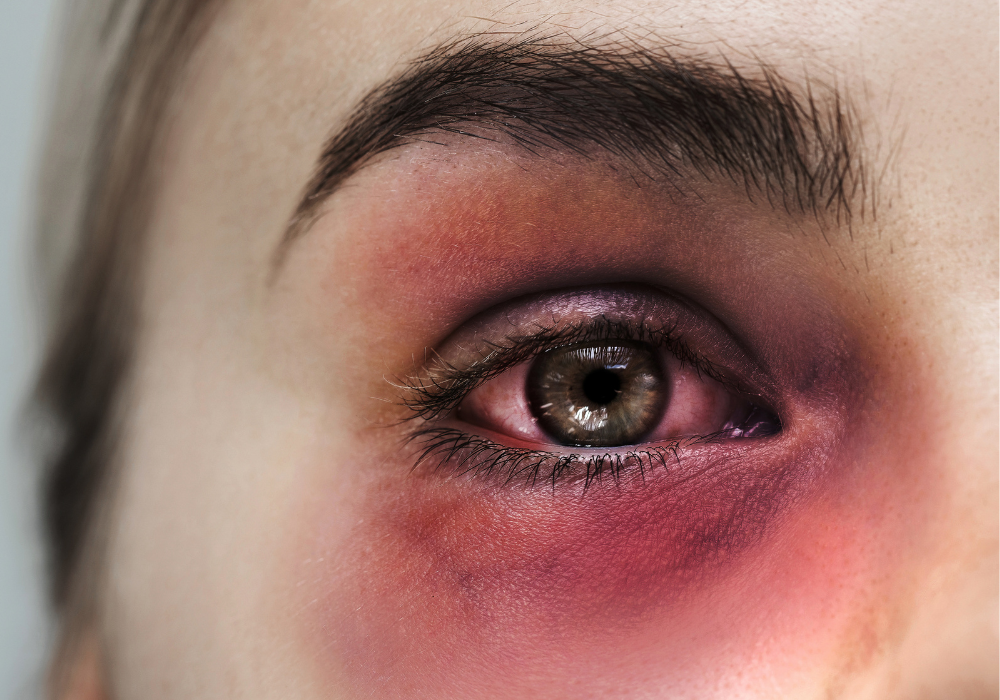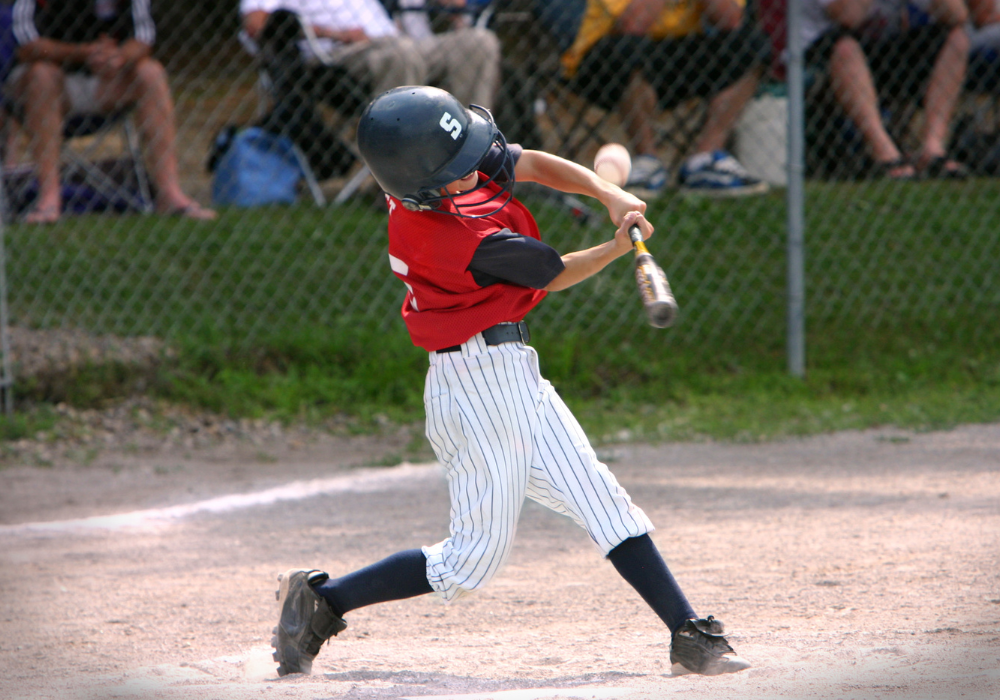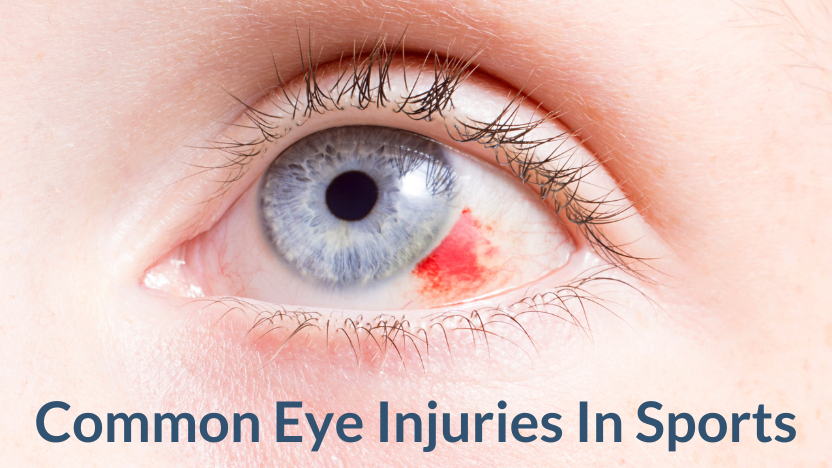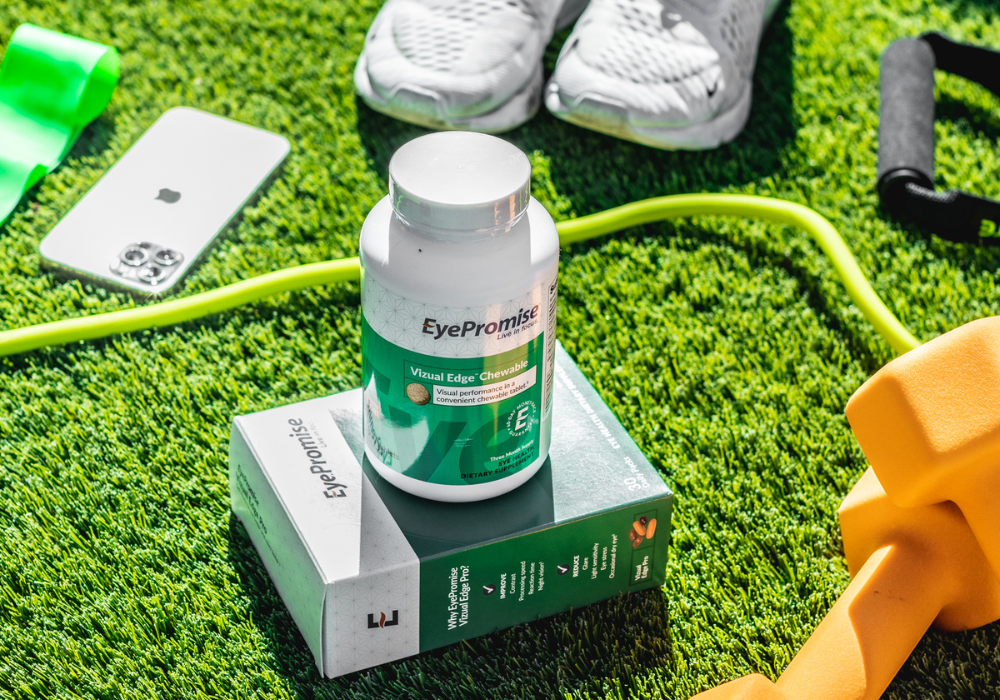The Most Common Sports-Related Eye Injuries
Posted by EyePromise on Apr 4th 2024
April is Sports Eye Safety Month, and few people consider the threat that athletics can pose to the eyes. More than 600,000 sports and recreational eye injuries occur each year, but luckily, less than 3% result in permanent vision loss. The sports with the most reported ocular injuries include baseball, softball, hockey, racquet sports like tennis, badminton, or pickleball, and basketball, but what are the most common injuries?
Blunt Injuries
According to the National Eye Institute, blunt injuries are among the most common eye injuries in sports. Blunt injuries are caused by an object abruptly and forcefully encountering the eye. These types of injuries are typically followed by a black eye or a bleeding eye, which is known as hyphemia, but the more serious injuries can break the bones surrounding the eye. Blunt injuries are often caused by equipment (balls or racquets) or competitors (fists or elbows).
Corneal Abrasions

Another common sports-related injury is called a corneal abrasion, which is caused by a scrape or scratch on the outer surface of the eye known as the cornea. Most commonly caused by a finger to the eye, most corneal abrasions eventually heal on their own. However, it’s best to have an eye doctor assess the extent of the injury to know for sure. Typically, corneal abrasions are accompanied by pain ranging from mild discomfort to a sharp stabbing pain, and blurred vision or light sensitivity can also be present.
Penetrating Injuries
Finally, penetrating injuries are caused by a sharp object piercing the eye. Less common than the other two types of injuries, eye-piercing injuries are serious and require a visit to an eye care professional or an emergency doctor, often resulting in severe damage. Most incidents are caused by eyeglasses breaking (though not exclusively) and must be addressed quickly to preserve vision.
Protecting the Eyes
It’s estimated that 90% of sports-related ocular injuries could be avoided by simply wearing the right gear. Here’s how to protect your eyes.
External Protection

For some sports like football, baseball, softball, and hockey, helmets are worn to provide protection to the head, brain, face, and eyes. However, many athletes prefer not to have facial protection (a jaw guard on a baseball helmet or a face shield on a hockey helmet), as they believe it interferes with the way they play the game.
Another way to protect the eyes specifically is to wear sports goggles. Sports goggles can be made with corrective lenses or without, and they sit over the eyes like a pair of swimming goggles. Although most athletes don’t choose this route for one reason or another, they are an important option for ocular protection.
Internal Protection
Now let’s talk about the inside of the eye. Comprised of many tiny, delicate cells, the inside of the eye is also at-risk during sports. From severe instances like retinal detachment to gradual degradation from blue light (from the sun), those sensitive cells can potentially become damaged, threatening healthy vision. EyePromise® can help.
EyePromise eye vitamins are crafted and trusted by doctors across the country. Trusted by professional athletes, EyePromise’s formulations are crafted with the highest quality, natural ingredients clinically proven to positively impact eye and overall health. Its key ingredients, zeaxanthin and lutein, help replenish the eye’s natural blue light filter and protect vision throughout the years.
Learn more about how EyePromise eye vitamins can impact sports performance.
There is always a risk of injury when playing a sport, especially competitively. Knowing how to best protect yourself from the most common of those injuries can help set you up for a successful season.


